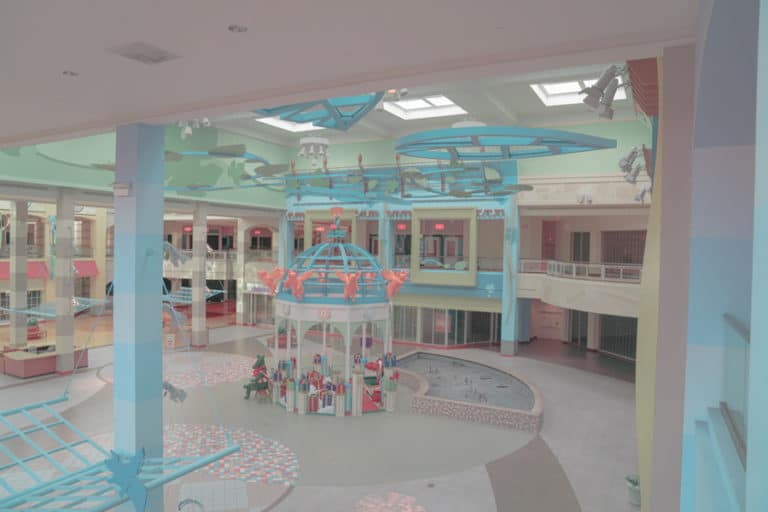Notre Dame’s reconstruction is destined to make waves

Last week, Notre Dame—the renowned Gothic cathedral of Paris—suffered a devastating fire that destroyed both the roof and spire of the building. “La flèche s’est effondrée” (“the spire has collapsed”), was the headline news. The catastrophe was live-streamed around the world; for a while, it was uncertain whether any part of the building would survive. Thanks to the efforts of the fire brigade, the damage was contained: most of the cathedral’s artifacts, relics, and stained glass evaded destruction.
There is also a tragic irony to the fire, seeing as it broke out on the scaffolding that was erected for ongoing restoration on Notre Dame—a hundred-and-fifty-million-Euro project to shore up the roof and its supporting structures, as well as replace and restore portions of the stone and woodwork.
In the aftermath of the fire, the question on many people’s minds was: what next? Within a week, over €1,000,000,000 was pledged to the restoration cause, primarily by French billionaires, with the nation’s richest families—the owners of Louis Vuitton, Kering, and L’Oreal—promising to donate $700 million alone.
Notre Dame has a long and complex history. Its Gothic style was not seen as favourable during the Renaissance or Enlightenment periods, with many of its original features deemed unworthy of conservation. Stained glass was replaced with clear glass to let in more light, and the original Thirteenth Century spire was taken down in the 1780’s as it was declared structurally unsound. During the French Revolution, the Church was taken over by the state—its bells were melted down and, for a time, the building was used as a warehouse for storing food.
Restoration occurred in the mid-nineteenth century, in part thanks to the writer Victor Hugo and his novel The Hunchback of Notre Dame. Architect Eugène Viollet-le-Duc erected a new spire—the one destroyed by the fire last week—and repaired the adornments, often using great artistic liberty when it came to the gargoyles and grotesques. It survived the Haussmannisation of Paris—when much of the medieval city was razed and paved with wide boulevards and distinctive stone buildings now associated with the city—and remained unscathed during both World Wars. Napoleon was crowned emperor inside the Notre Dame in 1804, and a memorial service for Charles de Gaulle was held there in 1970.
Now, embarking on reconstruction efforts raises various problems for the French President, Macron. Almost immediately, he promised to rebuild the cathedral, “even more beautifully” and within the next five years—a target that seems unlikely. This strategy could also backfire by furthering the divide between Paris and the rest of France; a tension that has come to a tee in the recent and ongoing protests of the so-called gilets jaunes.
New demonstrations have erupted since the fire. “Millions for Notre Dame, what about for us, the poor?” read one sign carried by a demonstrator. “Everything for Notre Dame, nothing for Les Misérables,” read another, drawing on two of Victor Hugo’s most famous novels.
Internationally, a parallel outcry has been voiced. The British and American governments immediately pledged support, with British Prime Minister Theresa May stating that “the U.K. will support this endeavour however we can,” leaving citizens to wonder where this commitment was during the Grenfell fire or Hurricane Maria tragedies, respectively. Last year, the National Museum of Brazil suffered a fire that resulted in an “incalculable” loss, destroying around 90 percent of the collection. Clearly, the massively wealthy are capable of intervening in response to colossal tragedies. The question is why do they pick and choose as they do?
Finally, should the cathedral even be restored—that is, back to how it was before the fire? The Guardian posed this question to several architects. Sir Norman Foster, founder and chairman of Foster and Partners, replied “The decision to hold a competition for the rebuilding of Notre Dame is to be applauded because it is an acknowledgement of that tradition of new interventions… The ideal outcome would be a respectful combination of the dominant old with the best of the new.”
Martin Ashley, a conservation architect specialising in historic buildings, posed an alternative solution, one that could save both time and money. “It is an opportunity to do something which is deeply contextual, very dignified, very appropriate, very spiritual, but different,” Ashley stated, adding that “Restoration is a form of destruction. In restoring buildings, you destroy the history that has gone before.”
History is entropic—nothing lasts forever. What happens next with Notre Dame will be fascinating, treading the fine line between preservation and progress, respect and innovation; the old and the new. It offers the chance to present a new vision of France to the world, but at the risk of alienating traditionalists throughout the Western world. There isn’t an easy answer: this is a volatile combination of culture and politics that might have a lasting implications for us all.




